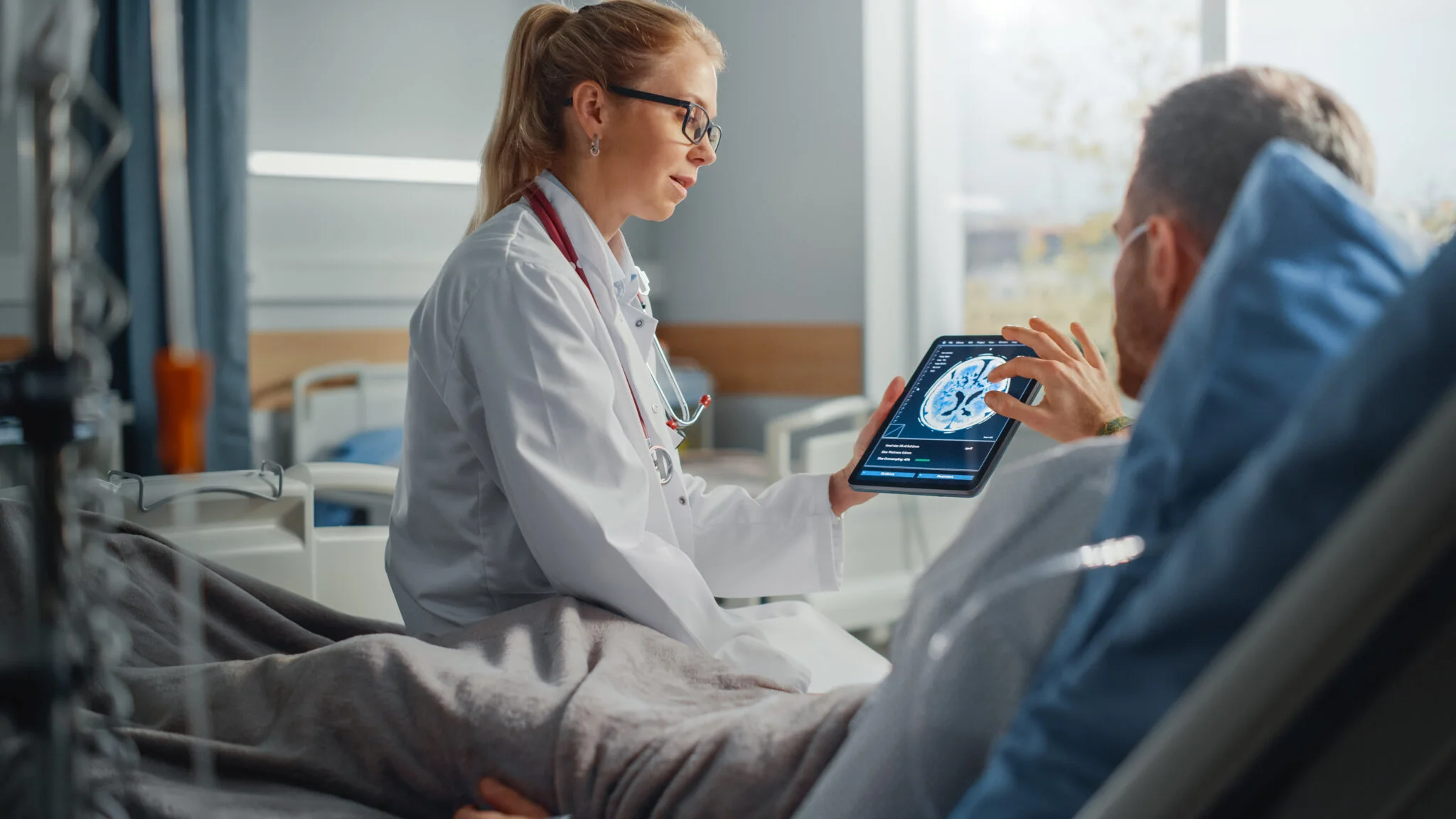
“What was supposed to be a 1-day surgery had become 30 days hospitalized, tubes, and bags for five months, and several more repair surgeries were required.” – Felecia Gerardi
The stark reality of medical errors in the healthcare industry is alarming. Data reveals a grim picture: each year in the United States, medication errors are responsible for the deaths of between 7,000 and 9,000 people. The broader spectrum of medical mistakes impacts more than 7 million patients annually, imposing a financial burden of more than $40 billion.
Furthermore, a recent analysis highlights that nearly 23.5% of all errors are linked to failures in equipment and technology. This statistic underscores a critical vulnerability in the healthcare infrastructure, pointing to deficiencies in the quality and reliability of medical equipment, supplies, and devices. It highlights the necessity for rigorous evaluation and procurement processes, underscoring the vital role that technology and equipment play in safeguarding patient safety.
Patient safety stands at the core of healthcare. It extends beyond merely avoiding adverse outcomes; it involves a comprehensive strategy to prevent unnecessary injuries, infections, medication errors, diagnostic inaccuracies, and complications.
A robust patient safety framework serves as a bulwark not only for patients but also for clinicians and healthcare organizations at large. It entails stringent adherence to best practices and regulatory standards, aiming to preempt medical errors and mitigate the risk of penalties or sanctions that may arise from such oversights.
Not having technologically advanced equipment causes some of the most common medical errors. Modern technology can prevent staff miscommunication and most medication errors.
Without computer workstations, tablets, and electronic health records (EHR), clinicians can make medical errors by:

In the absence of modern medication carts, clinicians may struggle to:
A study published in the National Library of Medicine states that the annual expenditure on managing medication-related errors surpasses $40 billion. Reputational costs are more challenging to measure but potentially more devastating to healthcare workers and patients in the following ways:
Implementing technology to improve patient safety can help avoid these harmful issues.
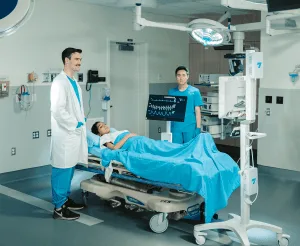
“…technological advances have opened new possibilities for improving patient safety. Using technology to digitize healthcare processes has the potential to increase standardization and efficiency of clinical workflows and to reduce errors and cost across all healthcare settings.” - Technology as a Tool for Improving Patient Safety – Patient Safety Network
Patient safety protocols using the latest technology can give patients confidence that they receive safe treatment care. Satisfaction also improves when patients experience the benefits technology brings.
In addition, patients become more engaged in their care because they gain more freedom and control over their health regimen by using devices like wearable monitors. These result in positive word-of-mouth, ultimately boosting the organization’s reputation and attracting more patients.
Capsa Healthcare leverages innovative technology, such as smart mobile workstations, medication management solutions, and pharmacy automation systems, to improve patient safety and simplify clinician tasks for healthcare organizations.
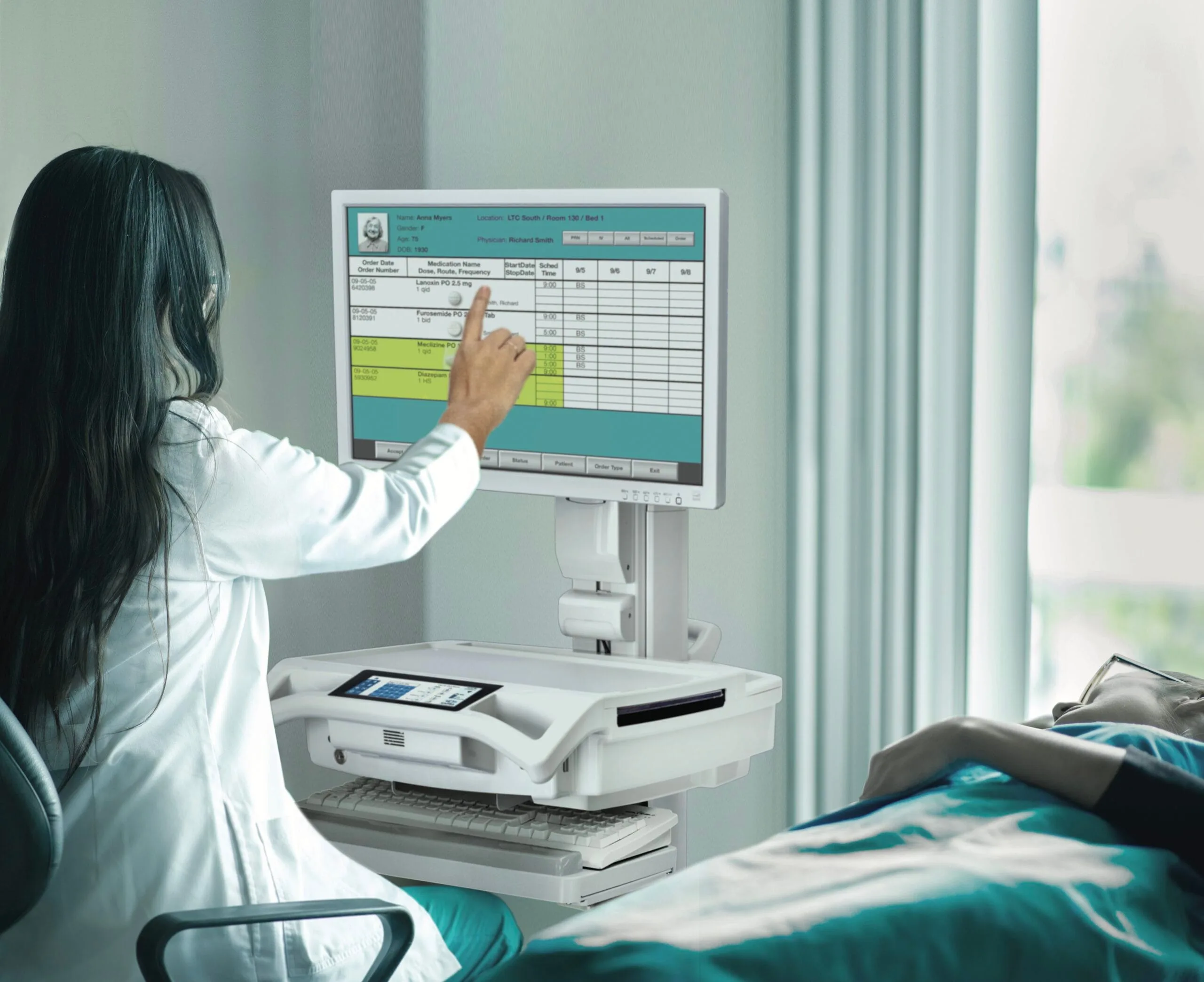
Capsa’s mobile computing workstations support a broad spectrum of clinical workflows. Healthcare facilities can customize their mobile carts to meet a range of applications with various technology integrations, monitors, and accessories.
The Trio Computing Workstation is highly mobile and has a long-lasting battery system, enabling clinicians to use it throughout shifts without needing constant recharging. With this technology, healthcare providers can access electronic medical records and other digital resources at the point of care.
The availability of patient data at the bedside significantly enhances patient care and safety. Real-time documentation and access to electronic health records minimize errors associated with manual data entry and paper-based systems.
Capsa’s IT solutions also integrate seamlessly with EHR systems, facilitating a smooth flow of information. The integration reduces the risk of errors arising from manual data entry or miscommunication.
Capsa Healthcare is a pioneer in patient safety innovation through their diverse range of products that support clinicians in their daily tasks and enhance patient safety.
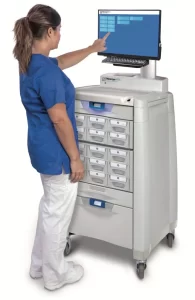
Among their solutions, Capsa’s automated medication dispensing systems, such as the NexsysADC, are invaluable for improving patient safety.
In environments such as surgery centers, veterinary clinics, behavioral health clinics, and long-term care facilities, the reliance on sensitive and controlled medications is paramount. Yet, these non-acute settings often utilize outdated and manual storage processes that increase the risk of medication errors, drug diversion, and regulatory audits, posing severe consequences for patient safety and facility compliance.
NexsysADC addresses these challenges by integrating advanced technologies such as biometric scanners, cloud-based inventory management, and controlled single-dose access. This leap forward from traditional, manual methods enhances security, reduces the risk of drug diversion, and streamlines inventory tracking, ensuring that medications are accurately accounted for and readily available when needed.
The system’s adaptability to non-acute healthcare settings, coupled with its cost-effectiveness, offers a comprehensive solution that not only secures medications but also optimizes workflow, minimizes costs, and improves overall patient care quality. By providing detailed, real-time data management and inventory control, NexsysADC empowers healthcare facilities to maintain high medication safety and regulatory compliance standards, addressing the critical need for improved medication security in today’s healthcare landscape.
King Hamad University Hospital (KHUH) in Bahrain deployed 40 MedLink Medication Management Workstations from Capsa Healthcare. The hospital reports that patients receive the correct medication every time after deployment while clinician workflows are streamlined.
The hospital shares their experience in using Capsa’s solutions:

Capsa’s MedLink Medication Management Workstations worked so well that KHUH ordered additional units. They also recommended Capsa Healthcare to other regional hospitals.
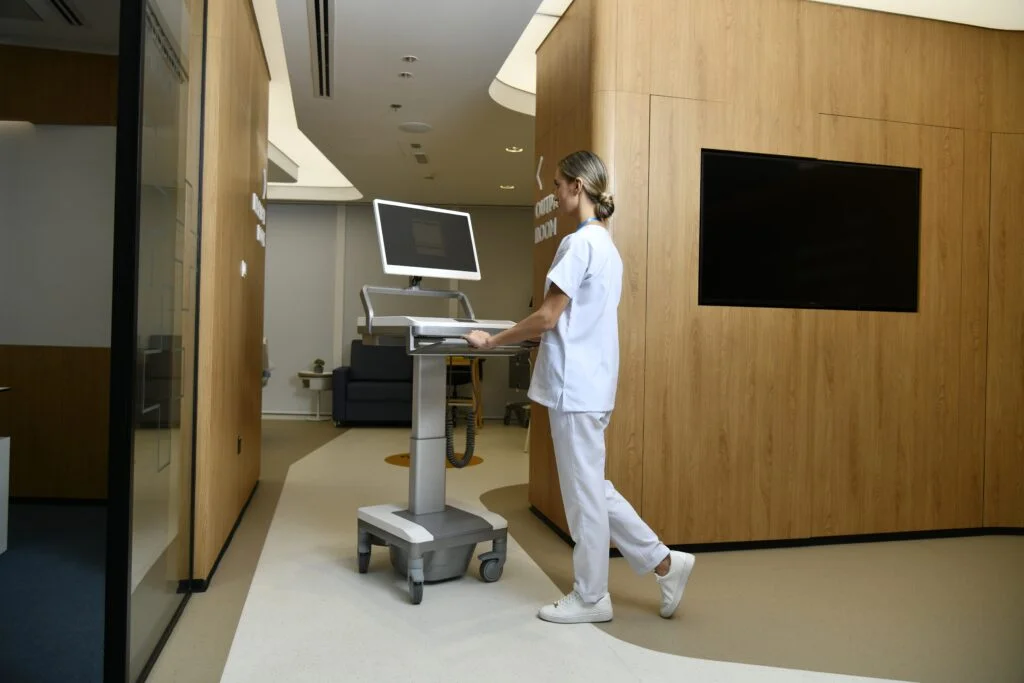
The landscape of patient safety in healthcare continues to evolve. Patient-centered care has increased with the recognition that patients are vital partners in ensuring safety. Patients need encouragement to:
Patient safety hinges on collaborative efforts among patients and clinicians spanning various healthcare disciplines, all facilitated by cutting-edge technology. With tablets, cloud-based electronic health records (EHRs), and wearable devices, healthcare professionals seamlessly unite to provide comprehensive care. Expanding telehealth services further enhances safety by enabling remote monitoring, mitigating infection risks, and reducing costs. Concurrently, ongoing research in patient safety continually informs the refinement of healthcare systems, ensuring they remain at the forefront of safety standards.
Implementing a patient safety program can pay off big in terms of patient satisfaction, improved staff morale, and less exposure to legal complications and bad publicity.
Capsa Healthcare is your partner for implementing the latest technological advancements to improve patient safety. Contact us today to set up a consultation.